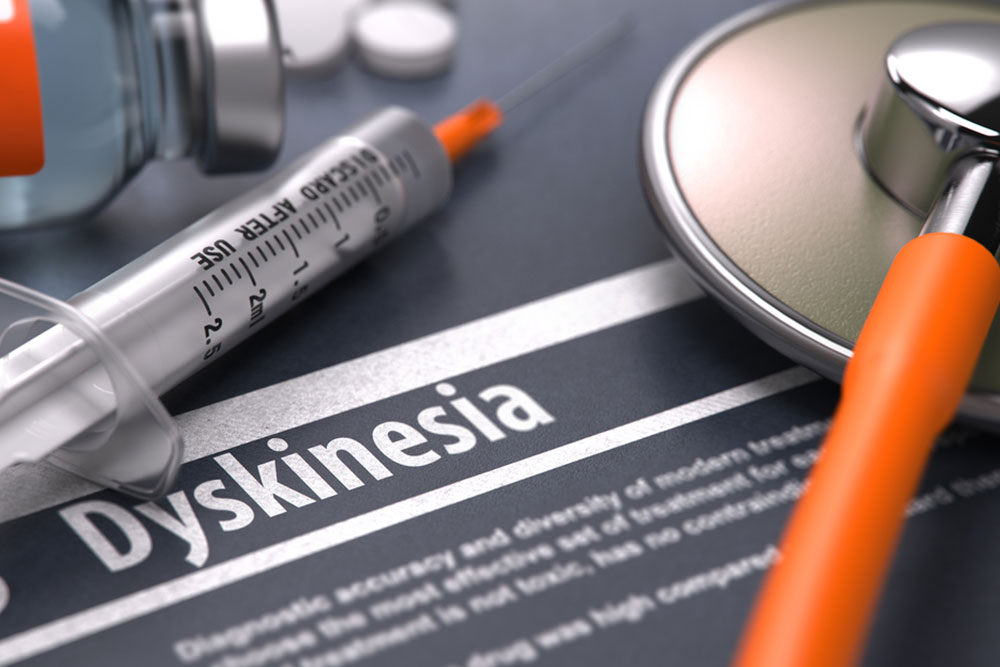An overview of the symptoms and causes of dyskinesia
Dyskinesia is a movement disorder that is characterized by involuntary muscle movement. It usually affects the head, or the arms and sometimes the entire body. It could also be painful. While suffering from dyskinesia, a person can experience mild to debilitating discomfort. Based on the type and severity of the condition, it could affect your daily activities as well. The frequency and the intensity of the condition cannot be predicted.

Facts about dyskinesia
- Dyskinesia starts out as minor fidgets or movements that are abnormal and uncontrollable in the dominant hand or foot. It could be a minor shake or tremor.
- The causes of dyskinesia may vary depending on the type of the condition.
- People who suffer from dyskinesia due to autism could benefit from behavioral therapy.
- Unless symptoms pose a significant challenge and affect daily life, it may go untreated if the symptoms are mild.
Symptoms of dyskinesia
Dyskinesia’s symptoms are different for each person. It may be mild with minor movements of the hands, feet, or head. It could also be more severe wherein multiple body parts start moving randomly. The symptoms tend to get worse over time and some symptoms start after a serious brain injury or they may get intense after trauma to the head. Dyskinesia is not related to the tremors experienced by Parkinson’s patients. Feeling excited or particularly stressed may trigger symptoms. Some of the symptoms of dyskinesia include:
- Wriggling
- Swaying of the body
- Twitching
- Fidgeting
- Moving of the head
- Restlessness
Causes of dyskinesia
The main cause of dyskinesia is most likely due to the prolonged use of the drug levodopa. This drug is usually administered to patients with Parkinson’s disease as it helps in stabilizing dopamine levels in the brain. Younger patients may be at risk as they take the medication for a longer period of time and also use a higher dosage. Patients with Parkinson’s usually lack dopamine-producing brain cells. The effect of long term use of levodopa could be involuntary movements or dyskinesia. This is because after the drug wears off, the dopamine levels fall again. People usually take the medication multiple times in the day.
Tardive dyskinesia may occur due to certain antipsychotic medications. Researchers are still unsure about the exact cause of dyskinesia but they are aware that brain chemicals like serotonin, glutamate, and dopamine may be to blame due to improper functioning. Among these, imbalanced dopamine levels are the most likely cause.